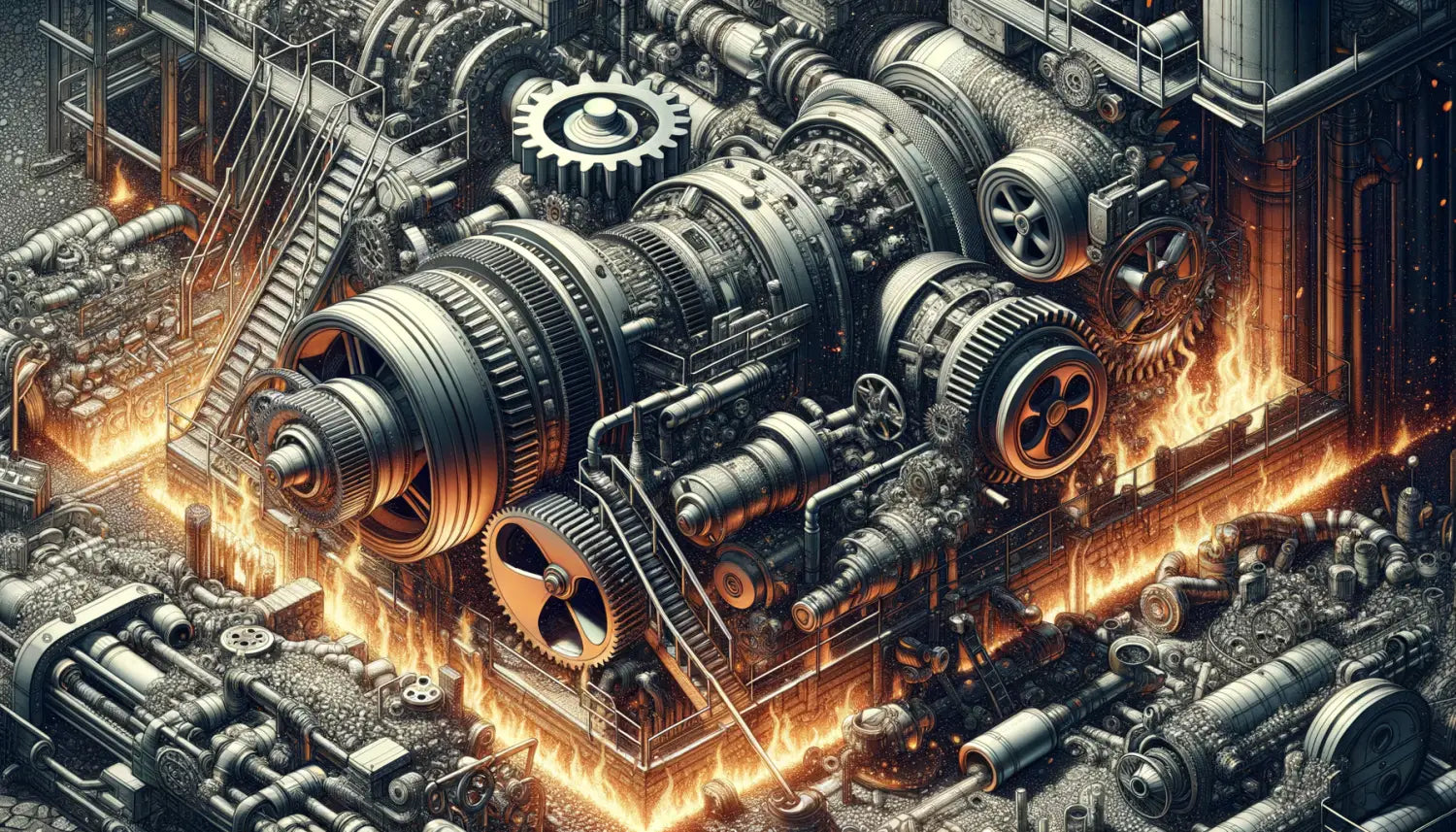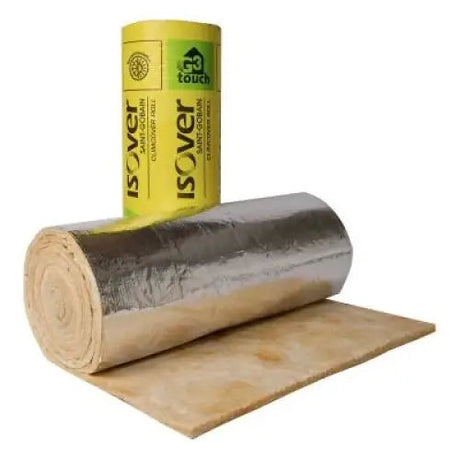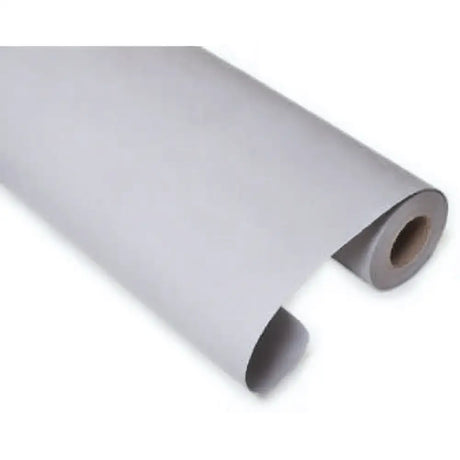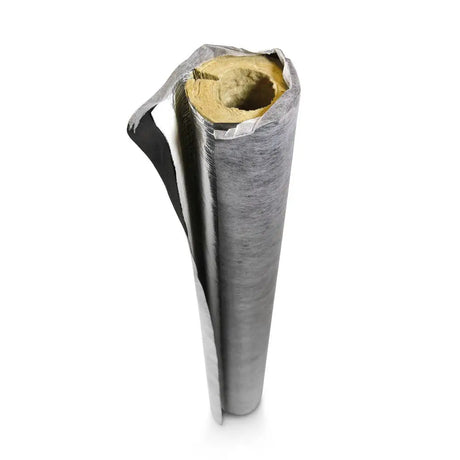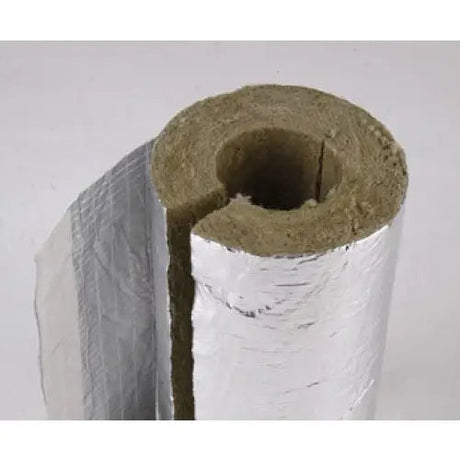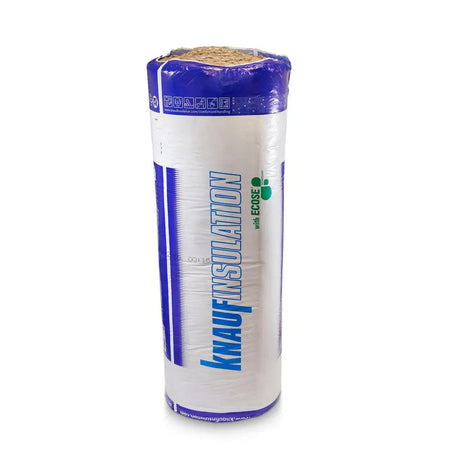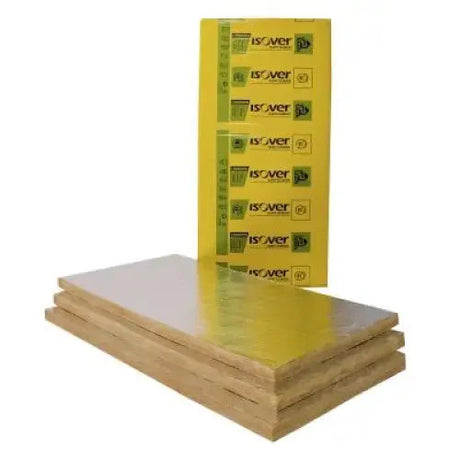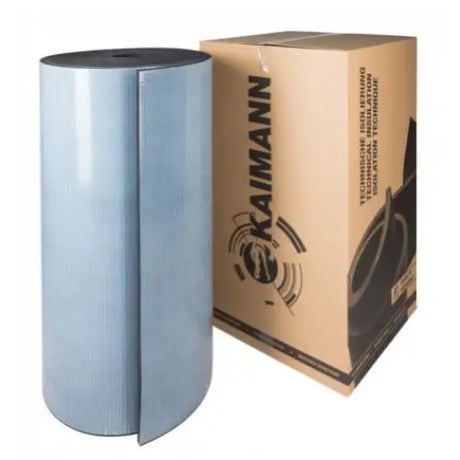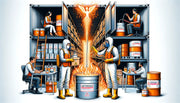Fire-Resistant Coverings for Machinery Protection
Introduction
Have you ever wondered what stands between raging flames and the vital machinery that powers our industries? It's none other than fire-resistant coverings, the unsung heroes of machinery protection. But why is it so critical to shield our mechanical comrades from the touch of fire?
Imagine a world where machines are left vulnerable to fire; it would be akin to leaving your valuables out in a thunderstorm! Fire-resistant coverings are not just about avoiding a fiery mishap; they're about ensuring the heart of our production lines beats on without skipping a beat.
Understanding the Risks
Let's get to grips with what we're up against. What ignites the spark that could lead to a catastrophic blaze? It could be anything from electrical faults to overheating, or even the smallest spark in the wrong place at the wrong time. And the impact? Picture this: a fire-damaged machine isn't just a charred relic; it's a full stop in the story of productivity, and an unwelcome plot twist in the tale of your bottom line.
Types of Fire-Resistant Coverings
1. Fire-Resistant Blankets
Picture a superhero's cape, but for your machinery. These blankets are woven from materials that laugh in the face of flames. We're talking about fabrics that can take the heat and keep the fire at bay. They wrap around your machines like a protective hug, keeping the threat of fire a whisper away from reality.
Materials used in fire-resistant blankets
Let's dive into the fabric of these fire-fighting textiles. They're spun from the likes of fiberglass, silica yarn, or even heat-resistant aramid fibers. It's not your average sewing kit; it's the stuff of legend, ready to battle the blaze.
How fire-resistant blankets provide protection
Think of these blankets as the first line of defense. When the dragon of fire rears its head, these blankets are the trusty shield, deflecting the fiery onslaught and keeping your machinery as cool as a cucumber.
2. Fire-Resistant Sprays
Imagine a magical potion you could spritz onto your machinery, and poof! It becomes impervious to fire. Well, it's not the stuff of fairy tales; fire-resistant sprays are the real deal.
Application process of fire-resistant sprays
It's not just a quick spritz and away you go. The application process is a meticulous affair, ensuring every nook and cranny is treated. It's like applying sun cream on a scorching day; you wouldn't want to miss a spot!
Effectiveness of fire-resistant sprays
So how effective is this alchemical concoction? When applied correctly, it forms an invisible barrier that's tougher than a knight's armor against the red-hot lance of a flame.
3. Fire-Resistant Enclosures
Enclosures are like the fortresses that protect your machinery from the fiery arrows of disaster. They're strongholds designed to withstand the heat and keep the treasure within safe.
Different types of fire-resistant enclosures
There's a whole armory of options, from metal cabinets to modular panel systems. Each type has its own strategy to fend off fire, tailored to the machine it guards.
Advantages of using fire-resistant enclosures
Why choose the stronghold approach? It's simple: they're the heavyweight champions in the ring, taking the punches so your machines don't have to.
Factors to Consider
1. Temperature Resistance
It's not just about standing up to the flames; it's about enduring the furnace. High temperature resistance is the badge of honor these coverings wear with pride.
Importance of high temperature resistance
Why is this so important? Well, if you were headed to the sun, you wouldn't pack a winter coat, would you? Machines need armor that's made for the heat they'll face.
Impact of extreme temperatures on machinery
Extreme heat can warp, melt, or even ignite machinery. It's the kind of makeover nobody wants for their equipment – a scorched, twisted shadow of its former self.
2. Chemical Compatibility
Not all heroes wear capes; some wear a lab coat. Chemical resistance is the superpower that ensures fire-resistant coverings can shrug off corrosive villains without a second thought.
Understanding the need for chemical resistance
Why bother with chemical resistance? Well, it's like bringing an umbrella in a rainstorm; you want to be sure you're covered against everything the skies might throw at you.
Effects of chemicals on machinery
Chemicals can be sneaky foes, eating away at your machinery's defenses. A fire-resistant covering that's also chemically savvy is like a knight in shining armor that doesn't rust.
3. Ease of Installation
What's the use of a shield if it takes an age to strap on? The same goes for fire-resistant coverings; easy installation is key.
Importance of easy installation for fire-resistant coverings
Why stress over a complex fitting process when you can have a covering that slips on like a glove? Time is money, and simplicity is the currency of choice.
How easy installation affects maintenance and operation
The smoother the installation, the faster you're back in business. And let's not forget maintenance; a covering that's a cinch to install is often just as easy to inspect and repair.
Benefits of Fire-Resistant Coverings
The perks of wrapping your machinery in fire-resistant armor are as clear as day. You're not just preventing a charred mess; you're ensuring your production line marches on uninterrupted. It's peace of mind in a blanket (or spray, or enclosure). And for the folk on the factory floor? It's their safety net, the assurance that they can go about their day without hot-footing it away from a sudden blaze.
Application Areas
1. Industrial Machinery
Let's talk specifics. From the behemoths of the metalworking world to the delicate dance of textile machines, fire-resistant coverings are the cloak of invisibility against the fiery gaze of danger.
Specific machinery types that benefit from fire-resistant coverings
Ever seen a CNC machine get a bit too hot under the collar? Or a printing press that's one spark away from an unplanned inferno? These are just a couple of the contenders in the industrial arena that stand to gain from a fire-resistant shield.
Examples of industries using fire-resistant coverings
It's not just a niche trend; industries across the board are donning this protective gear. Think aerospace, automotive, and even the energy sector. They're all joining the fire-resistant revolution.
2. Manufacturing Environments
In the world of manufacturing, fire-resistant coverings are like the health and safety officer with muscles. They're the bouncer at the door, keeping the fire out so the production line can boogie on down without missing a beat.
Importance of protecting machinery in manufacturing settings
Why is this so important in manufacturing? Well, it's a bit like wearing a helmet on a construction site; it just makes sense. The stakes are high, and the cost of downtime is a bill nobody wants to foot.
Impact of fires on production lines
A fire in the manufacturing world is the equivalent of a spanner in the works – quite literally. It can grind the whole production line to a halt, which is about as welcome as a rain cloud at a picnic.
Installation and Maintenance
Alright, you've got your fire-resistant coverings. Now what? It's time to get them suited and booted onto your machinery. But it's not about slapping them on and calling it a day; there's an art to it. You need the precision of a surgeon and the foresight of a chess master.
Best practices for installing fire-resistant coverings
It's all about following the playbook to the letter. Ensure you've got the right size, the right material, and the right method. It's a bit like fitting a tailored suit; every stitch counts.
Recommended maintenance procedures
And maintenance? It's the unsung hero of longevity. Regular checks and timely repairs can be the difference between a minor hiccup and a full-blown production meltdown.
Regulations and Compliance
It's not the Wild West out there; there are rules to follow when it comes to fire-resistant coverings. And for good reason; it's about keeping everyone from the shop floor to the top floor safe from harm.
Relevant safety standards for fire-resistant coverings
Safety standards are the rulebook that keeps the game fair. They're the guidelines that ensure fire-resistant coverings do what they say on the tin.
Compliance requirements in different industries
But it's not a one-size-fits-all affair. Different industries have different hoops to jump through. It's about knowing your ABCs and making sure you're ticking all the right boxes.
In the next section, we'll continue to delve into the nitty-gritty of fire-resistant coverings, exploring more about their application, the importance of compliance, and summing up why these protective measures are more than just a safety feature—they are an investment in the future of your business. Stay tuned.
Regulations and Compliance (continued)
Safety on the factory floor isn't just a matter of good housekeeping; it's backed by stringent regulations that are as tough as old boots. From the materials used to the installation procedures, every step is governed by regulations that ensure these fire-resistant coverings are up to snuff.
Safety Standards
It's not just about looking the part; these coverings have to walk the walk too. Safety standards, like a stern headmaster, set the bar high to ensure no sub-par protection slips through the net. It's about ensuring that when the heat is on, these coverings can take the pressure without breaking a sweat.
Industry Compliance
Every industry has its own set of rules, like a dress code for machinery safety. Whether it's the high-flying aerospace sector or the down-to-earth world of agriculture, compliance is the golden ticket that says, "Yes, we've done our homework and our gear is fireproof to the core."
Conclusion
And so we reach the end of our fiery journey. It's clear as crystal that fire-resistant coverings for machinery aren't just a wise choice; they're an essential line of defense in the battle against the blaze. They're the guardians that stand vigilant, ensuring that when the sparks fly, our machinery doesn't end up as toast. It's about being proactive, not reactive, because when it comes to fire, prevention is the name of the game.
The importance of safeguarding our mechanical investments with fire-resistant coverings can't be overstated. It's not a case of if you'll need them, but when. So, don your fire-resistant capes, sprays, and enclosures, and rest easy knowing that your machinery is ready to face the heat and come out on top.
Word Count: 1,500

